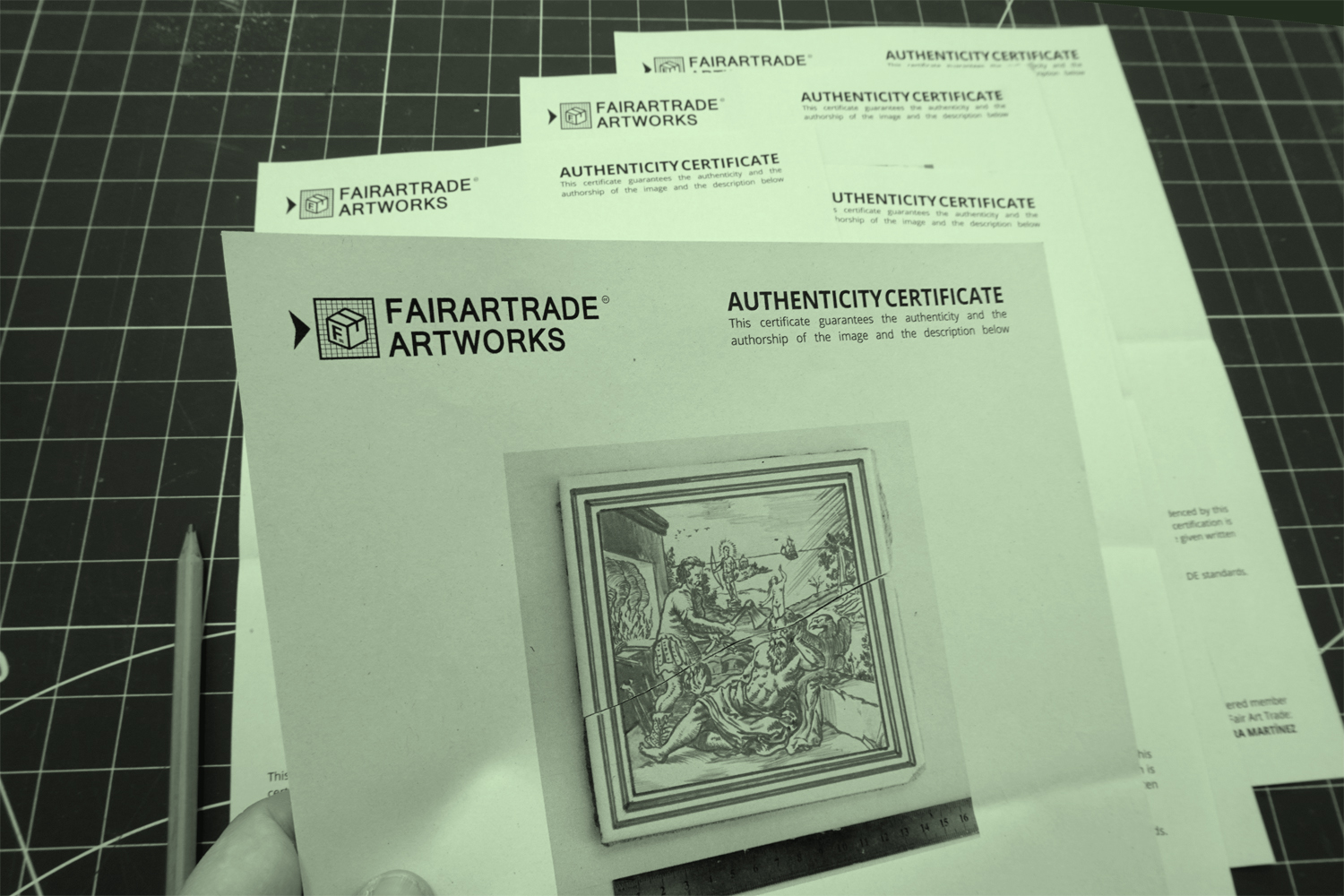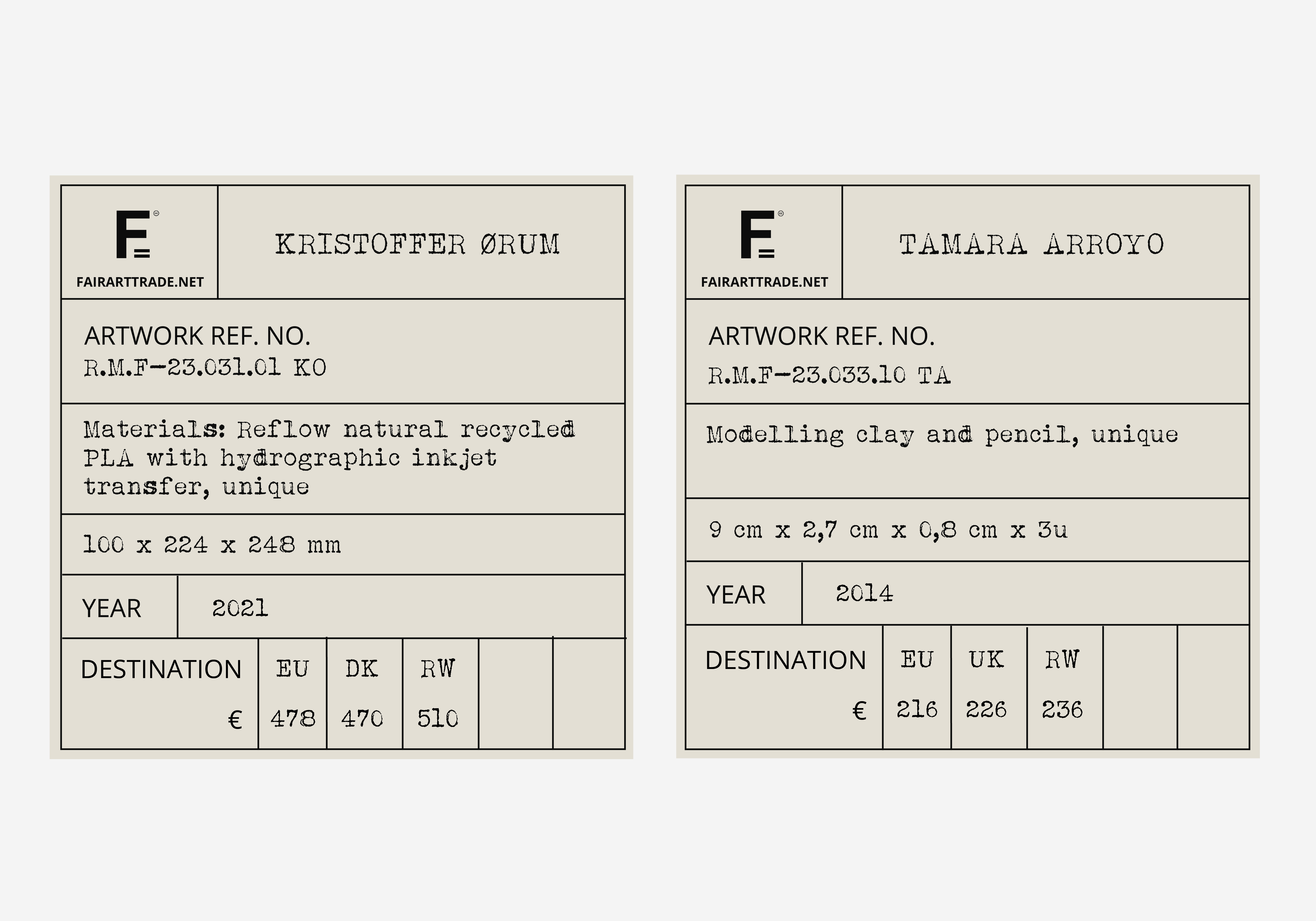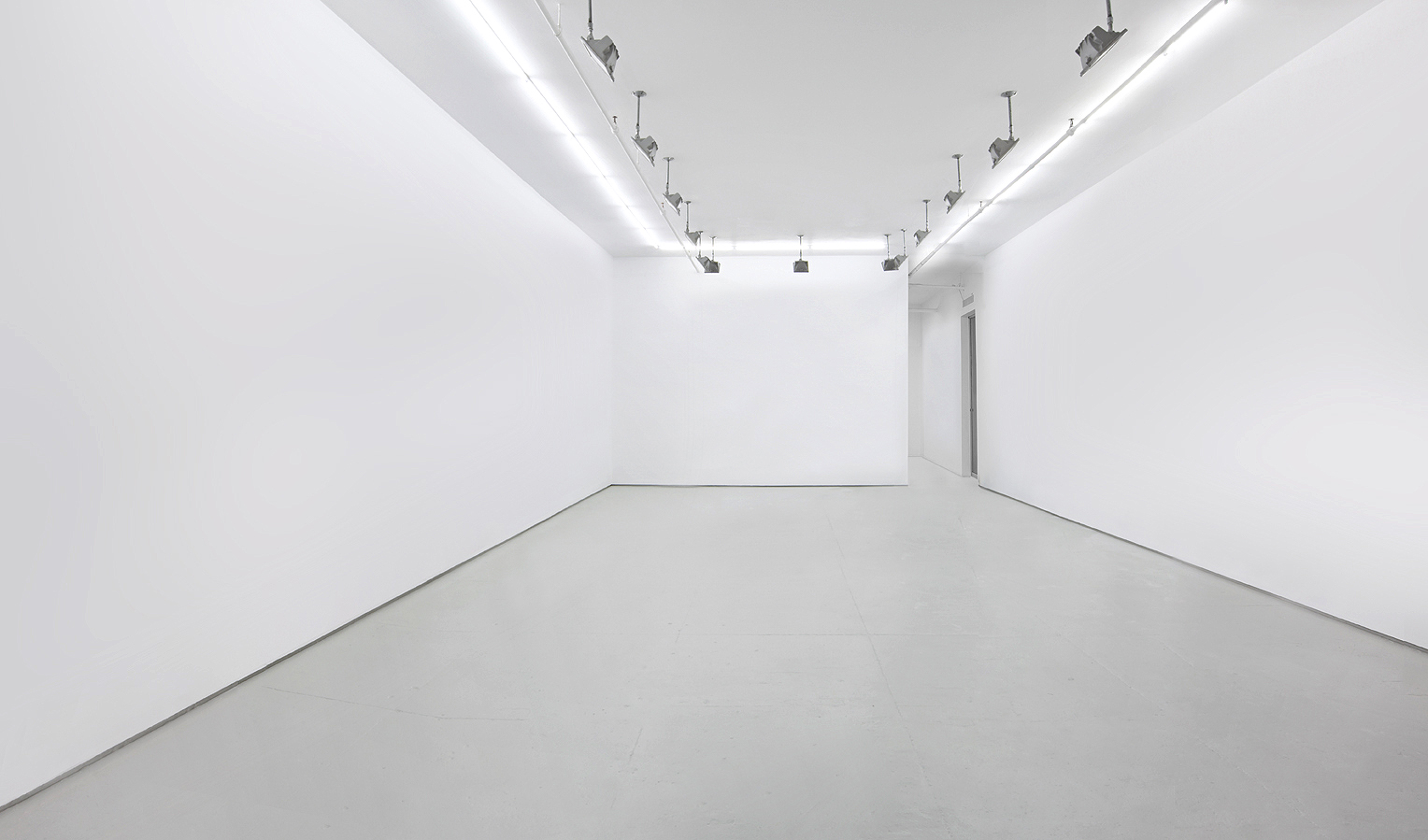FOR VISUAL ARTISTS / FAIR-ART-TRADE 05
FAIR ART TRADE benefits︎

FAIR ART TRADE is the first fair Certification that supports ethical and sustainable artwork sales from professional visual artists
Public and collectors that care
The FAIR ART TRADE label has rendered visible many of the dysfunctions of the art system. The dissemination and public communication of these issues is as well raising awareness and guiding art buyers and collectors into caring, supporting and understanding the importance of investing in F certified artworks.
Contemporary archaeologies
FAIR ART TRADE is emerging as a detailed pivotal museological archive, offering art researchers, theorists, and museologists a deeper understanding of artistic process and provenance. By tracing the intricate evolution of selected artworks, the platform reveals the conceptual and material depths that shape the final projects exhibited in museums and galleries, positioning itself as an essential resource for the general public, collectors and institutions navigating the complexities of contemporary art discourse.

Fair share for the artist
Most commercial art galleries keep 50% of the total price of any sold artwork, making art hard to sell and innaccesible for many. A FAIR ART TRADE labelled artwork guarantees purchasers that they are not paying excessive intermediaries extra charges and that the transaction is fair and honest.

Art market regulation
New European and North-american bills aim to improve anti–money laundering efforts by making it harder for purchasers to obscure their identity through offshore entities and shell companies.
Any art collectors wanting to buy, trade, and operate in the U.K. and EU need to understand how to comply with the new regime and what galleries, auction houses, and other vendors will expect of them. Dealers and collectors in the Americas, Asia, and other regions will also need to comply with the new regime when working with clients in the U.K. and EU. These new regulations can have a negative impact on intermediaries, but it can also strengthen the middle and lower layers of the art market architecture.
Commercial gallery compatibility
FAIR ART TRADE is compatible with artists represented by commercial contemporary art galleries. Visual artists without an international exclusivity agreement (oral or written) with a commercial gallery may apply for membership.

Reduce footprint
FAIR ART TRADE enables the sales of assets that the artist thought would not provide any income. This can lead to optimizing work processes and generating less waste. F provides more work space for artists and less rent expenses while improving energy efficiency and resources for storage and conservation of artworks.

An incentive for lower and middle layers
FAIR ART TRADE promotes the rise of investment in the lower and middle layers of nowadays contemporary art production, shedding light on the incongruence of overpriced artworks designed to fit in an exclusive and unregulated art market that can sometimes be linked to financial opacity and irregular transactions.

The F Mark Logo

The FAIR ART
TRADE (F) Mark is a certification label for artworks created by a
curated selection of visual artists and proficient live artists
whose F membership has been previously approved.
The F Mark is used only on artworks certified in accordance with the FAIR ART TRADE standards and on promotional materials, guaranteeing a fair, transparent and honest transaction.
The F Mark is used only on artworks certified in accordance with the FAIR ART TRADE standards and on promotional materials, guaranteeing a fair, transparent and honest transaction.